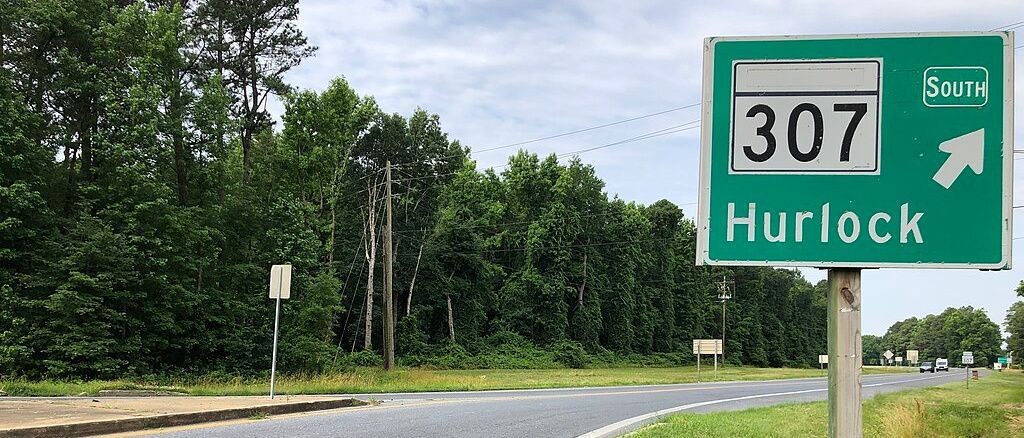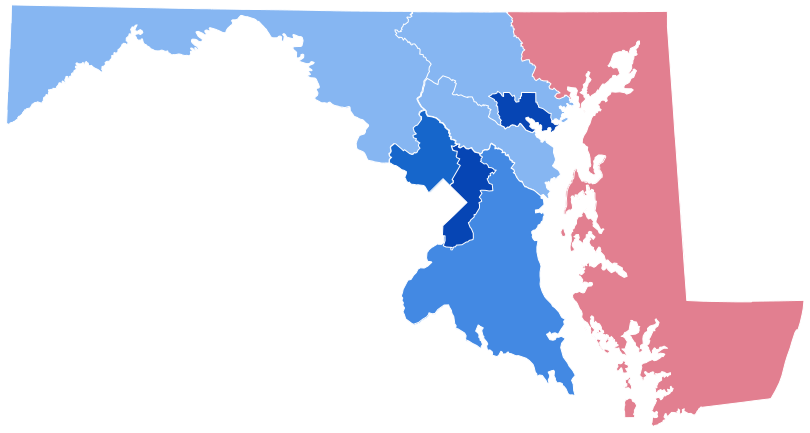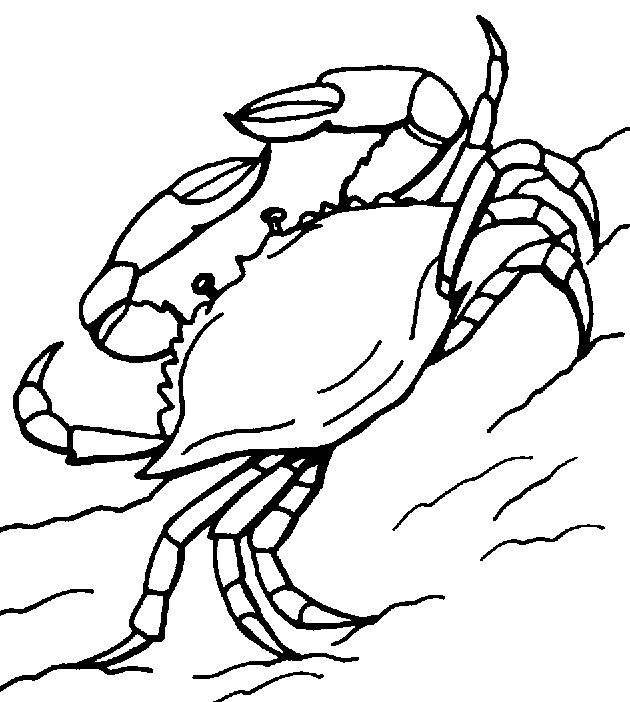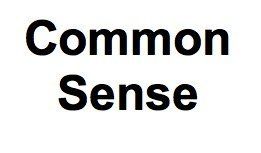Success with Ozone Policy Provides Hope for Climate Solution
Depletion and Recovery: A Model for Action on Climate Change
One of the most common myths heard these days, and a favorite of the current occupant of the White House, is that global warming is a hoax. It follows from that charge that climate scientists, worldwide, and the media that report their findings, are alarmists, inept, conspiratorial, dishonest, unethical, or some combination thereof.
Another common myth is that climate change is simple natural variation. It goes something like this: “Sure the climate is changing but there is no way humans could have enough of an effect on something as large as the earth’s atmosphere to account for the observed data. It must be something other than carbon emissions.”
And then there is the argument that even if global warming is happening, there’s nothing we can do about it. It’s too big a problem, it would be too expensive to correct, it would cause unacceptable disruption in the economy, there’s no reasonable substitute for fossil fuels, and we would never be able to secure the global agreements necessary to make a solution work, anyway.
It is in this context that attention needs to be drawn to some actual good news that was no doubt lost in all the other distracting chaos coming from Washington these days that is consuming all the media’s bandwidth.
Recently, the World Meteorological Organization issued a reporton their Global Ozone Research and Monitoring Project. The topline results reported were:
“Actions taken under the Montreal Protocol have led to decreases in the atmospheric abundance of controlled ozone-depleting substances (ODSs) and the start of the recovery of stratospheric ozone. The atmospheric abundances of… long-lived ODSs controlled under the Montreal Protocol have continued to decline since the 2014 Assessment. The weight of evidence suggests that the decline in ODSs made a substantial contribution to… observed [positive] ozone trends…”
For background, the earth is surrounded by a layer of ozone gas high in the upper atmosphere that protects life from damaging ultraviolet (UV) rays of the sun. In the 1970s scientists discovered that the ozone layer was being destroyed at an alarming rate. The scientists quickly identified that ozone-depleting compounds, collectively referred to as chlorofluorocarbons (CFCs), used in refrigerators, aerosol cans, and dry-cleaning were causing the damage.
In response, under UN auspices, global ozone treaties were proposed to regulate and reduce the use of CFCs. One result was the Montreal Protocol. It was agreed to in 1987 and ratified by 197 parties. Notably, this global regulation was installed before a scientific consensus was established on the cause of ozone depletion. Such was the recognized danger of inaction. Still, the CFC industry continued to argue as late as 1986 that the science was too uncertain to justify any action—that there was no available data pointing to the contribution of CFCs to any observed ozone change and there was no need for dramatic CFC emission reductions.
Now, more than 30 years after the implementation of the Montreal protocol, CFCs in our atmosphere have declined and the ozone layer is expected to have fully recovered sometime in the 2060s, according to the report by the UN Environment Programme, World Meteorological Organization, European Commission and other bodies. In parts of the stratosphere where most of the ozone is found, the layer has recovered at a rate of 1-3% per decade since 2000 thanks to swift international cooperation.
The entire arc of this saga, from the discovery of atmospheric ozone depletion by scientists, to their timely raising of the alarm, to the identification of the reason for the depletion, to proposing the solution, to the agreement among politicians worldwide of the validity of the science and the urgency to act, to the sustained international cooperation that ultimately led to a positive end result has obvious parallels for how we, as a species, are currently dealing with climate change, or, more precisely, not dealing with it. Human activity was causing a dangerous depletion of ozone even in something as large as earth’s atmosphere; scientists correctly identified the cause and the solution; alternate, safer chemicals were invented to substitute for ozone-depleting CFCs. Over industry objections, global agreements were secured to combat the problem; and there was no disruption to the global economy. Life on earth goes on uninterrupted but now made a little safer than before the ban on CFCs—with barely anyone noticing.
In short, do a global replace of “CFCs” in this editorial with “carbon dioxide” and you have the model of how to deal with global warming and climate change. It is not a hoax.
Link to full report:
Report No. 58 - http://conf.montreal-protocol.org/meeting/mop/mop30/presession/Background-Documents/SAP-2018-Assessment-ES-October2018.pdf
Common Sense for the Eastern Shore








